Wild Pig vs. Domestic Pig – Introduction
Pigs, whether wild or domesticated, are fascinating creatures that have played significant roles in human history and ecosystems worldwide. While both share common ancestry, they have evolved differently due to their distinct environments and selective breeding by humans. In this article, we’ll explore the differences between wild pigs and domestic pigs, shedding light on their behavior, appearance, and ecological impact.
Behavior and Habitat:
Wild pigs, also known as feral pigs or wild boars, are descendants of domestic pigs that have escaped captivity or been released into the wild. They exhibit highly adaptable behavior and can thrive in a variety of habitats, including forests, grasslands, and wetlands. Wild pigs are opportunistic omnivores, feeding on a diverse range of plant matter, insects, small mammals, and even carrion.
In contrast, domestic pigs have been selectively bred over thousands of years for specific traits such as docility, size, and meat quality. They typically live in controlled environments such as farms or homesteads, where they are provided with food, water, and shelter by humans. Domestic pigs have a more predictable diet and behavior compared to their wild counterparts, as they are often raised for meat production or as companion animals.


Appearance:
Wild pigs and domestic pigs exhibit noticeable differences in their physical characteristics. Wild pigs tend to have a more robust build, with elongated snouts, sharp tusks, and coarse fur or bristles that provide protection against environmental elements. They often display distinctive coloration, such as a dark coat with lighter markings or stripes, which helps camouflage them in their natural habitat.
In contrast, domestic pigs come in a variety of breeds, each with its own unique appearance and characteristics. They may have shorter snouts, smaller tusks, and a wider range of coat colors and patterns due to selective breeding for specific traits. Domestic pigs raised for meat production are often larger and more muscular than their wild counterparts, with a smoother coat and less prominent facial features.
Ecological Impact:
Both wild and domestic pigs have significant ecological impacts, albeit in different ways. Wild pigs are considered invasive species in many regions where they have been introduced, causing damage to native ecosystems through rooting, wallowing, and predation on native flora and fauna. Their destructive behavior can lead to soil erosion, habitat degradation, and competition with native wildlife for resources.
On the other hand, domestic pigs raised in controlled environments can also have environmental consequences, particularly in intensive farming systems where large quantities of feed, water, and waste are generated. However, when managed sustainably, domestic pigs can provide valuable ecosystem services such as soil fertilization through manure, weed control, and even habitat restoration in certain agricultural systems.
True Facts: Wild Pigs: https://m.youtube.com/watch?v=eb6ja96y6Ps&pp=ygUZV2lsZCBQaWcgdnMuIERvbWVzdGljIFBpZw%3D%3D
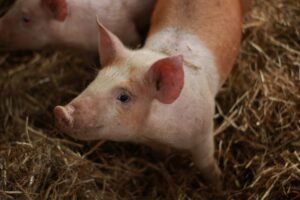

Conclusion:
In summary, while wild pigs and domestic pigs share common ancestry, they have diverged significantly in terms of behavior, appearance, and ecological impact. Wild pigs are adaptable omnivores that thrive in diverse habitats and can have detrimental effects on native ecosystems as invasive species. In contrast, domestic pigs have been selectively bred for specific traits and are typically raised for meat production or as companion animals in controlled environments. Understanding the differences between wild and domestic pigs is crucial for effective management and conservation efforts aimed at mitigating their impacts on both natural and agricultural landscapes.
In conclusion, while wild and domestic pigs may share some similarities in their ancestry, they have evolved to occupy distinct ecological niches and exhibit different behaviors and appearances. Wild pigs, as adaptable omnivores, play a significant role in ecosystems but can also pose challenges as invasive species in certain regions. Domestic pigs, bred for specific traits, serve various purposes in agriculture and as companion animals. Understanding these differences is essential for effective management and conservation efforts to mitigate any negative impacts on both natural habitats and agricultural landscapes.
More Links :
Are Pigs More Intelligent Than Dogs: Unleashing the Smartness: https://animfarm.com/are-pigs-more-intelligent-than-dogs/?amp=1
Unlocking the Mystery: Why Do Pigs Scream in 2024: https://animfarm.com/why-do-pigs-scream/?amp=1

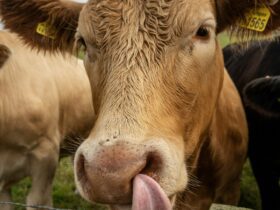
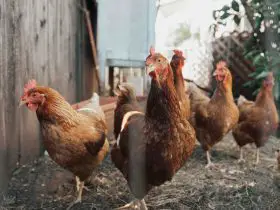
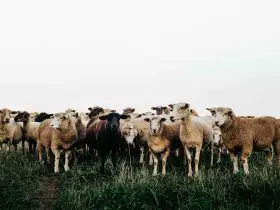
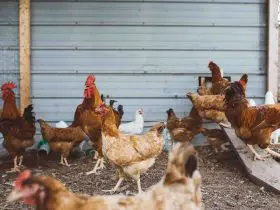
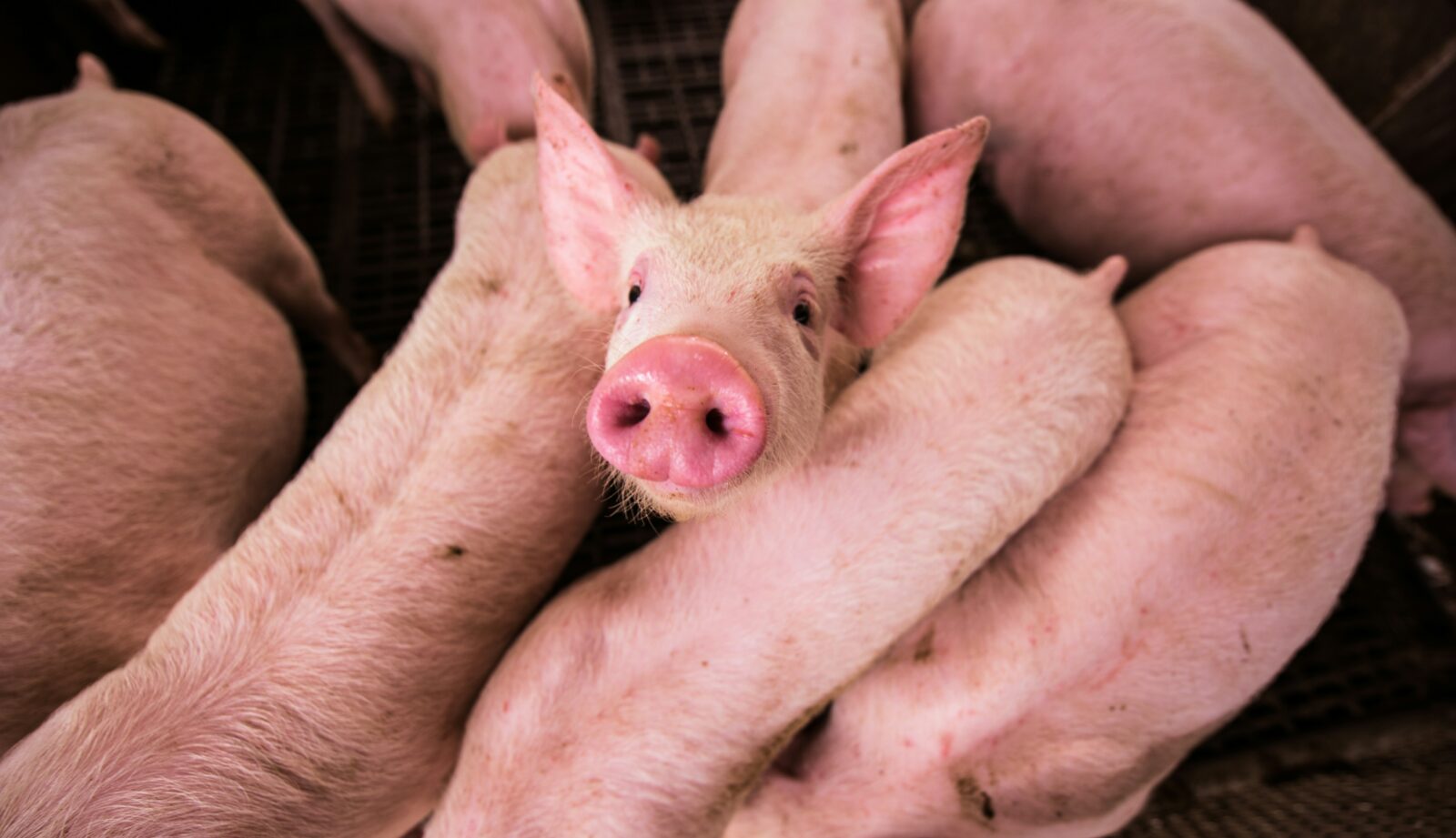
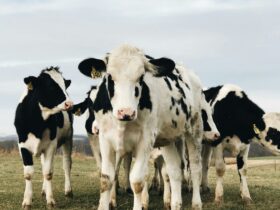
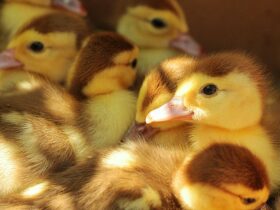
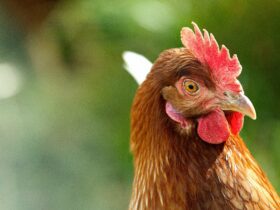
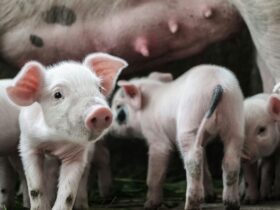

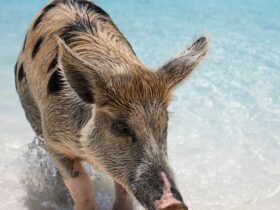
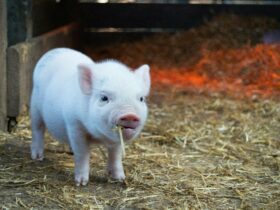

Hello!! Welcome to Anim Farm